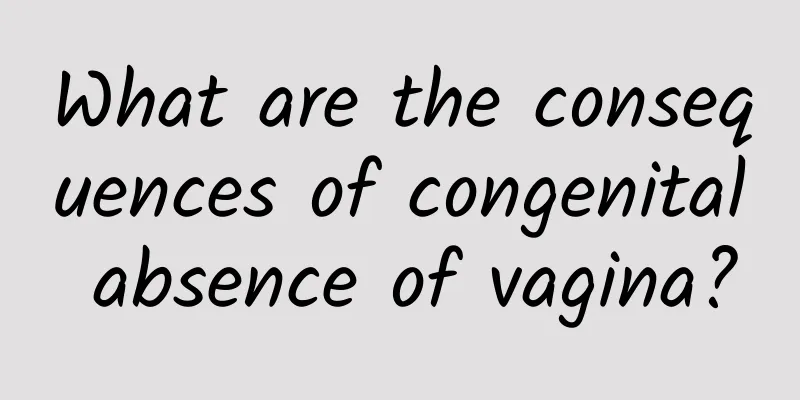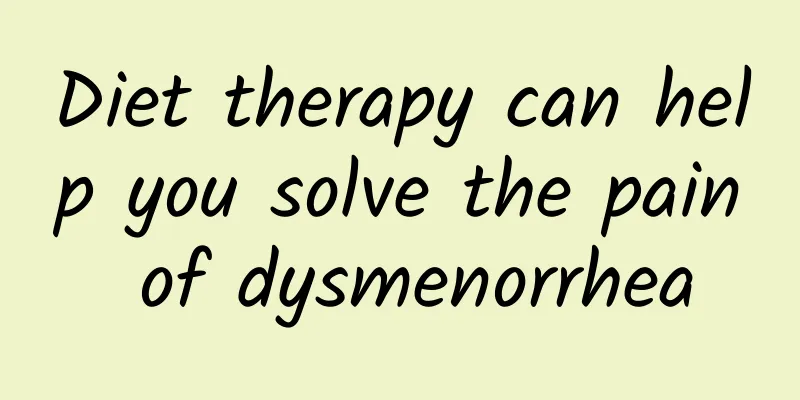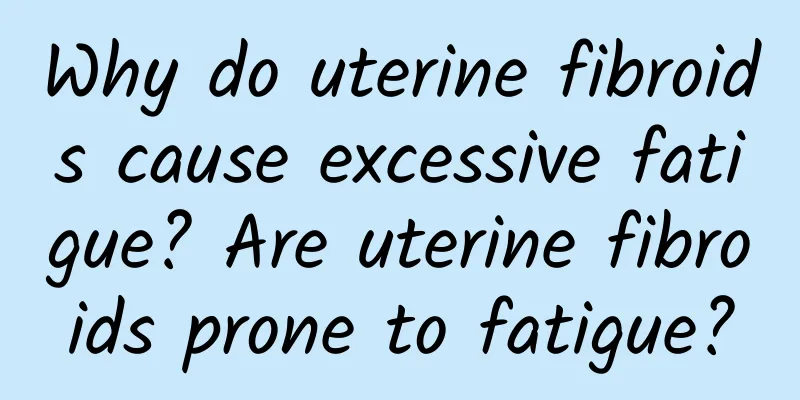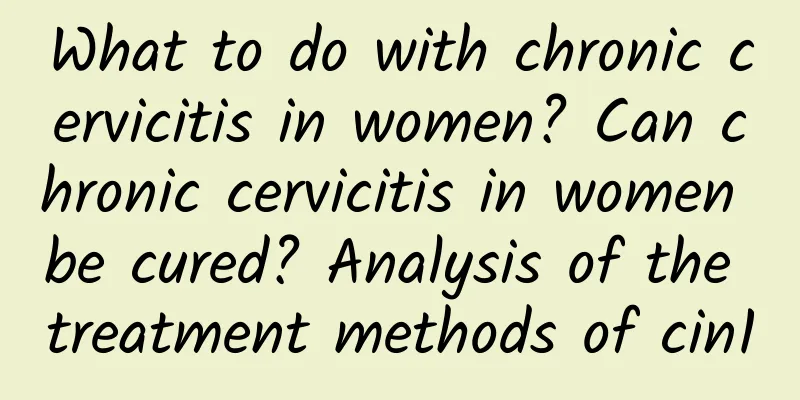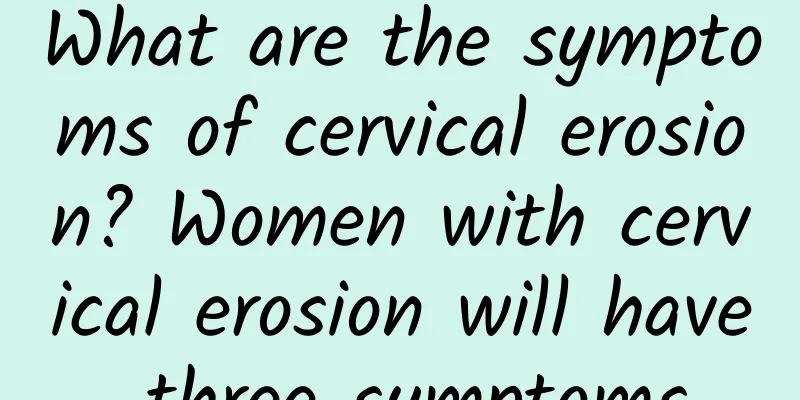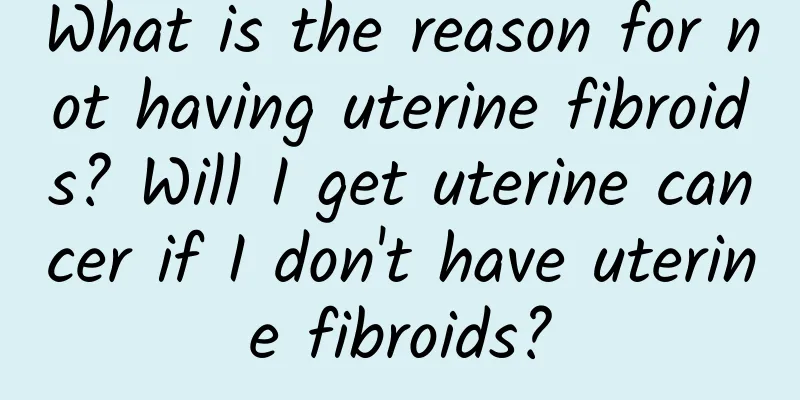What should I do if I have irregular menstruation?

|
It depends on the specific cause of irregular menstruation. The principle of treatment is to stop bleeding and correct anemia during the bleeding period, adjust the cycle after the bleeding stops to prevent endometrial hyperplasia and recurrence of AUB, and promote ovulation for those who want to have children. For adolescent girls, the main treatment is to stop bleeding and adjust the menstrual cycle; for women in the reproductive period, the main treatment is to stop bleeding, adjust the menstrual cycle and promote ovulation; for women in the menopausal transition period, the main treatment is to stop bleeding, adjust the menstrual cycle, reduce menstrual volume, and prevent endometrial cancer. Commonly used sex hormone drugs are used to stop bleeding and adjust the menstrual cycle. Coagulation-promoting and antifibrinolytic drugs can be used to promote hemostasis during the bleeding period. Surgical treatment is required if necessary. Hemostatic hormones are the drugs of choice. The lowest effective dose should be used as much as possible. When a large amount of medicine is needed to stop bleeding as quickly as possible, the dose should be adjusted promptly and reasonably. The treatment process should be closely observed to avoid iatrogenic bleeding caused by improper use of sex hormones. Adjusting the cycle For patients with AUB-0, stopping bleeding is only the first step in treatment. Almost all patients need to adjust the cycle. Adjusting the menstrual cycle is the basis of treatment and the key to consolidating the therapeutic effect and avoiding recurrence. The method of adjusting the cycle varies according to the patient's age, hormone level, fertility requirements, etc. Ovulation induction is used for those who are in the reproductive period and have fertility needs, especially infertile patients. Adolescent patients should not use ovulation induction drugs to control the menstrual cycle. Surgical treatment is suitable for patients who are not responsive to drug treatment, are unwilling or unsuitable for hysterectomy, and have no fertility requirements but are treated with drugs. Especially for older patients who are difficult to follow up, surgical treatment should be considered. If the diagnosis of precancerous lesions or cancer is made by curettage, it should be treated according to the relevant diseases. This includes diagnostic curettage, hysteroscopy, and hysterectomy when necessary. |
>>: What is pelvic inflammatory disease?
Recommend
Under what circumstances does chronic cervicitis occur? What are the prevention methods for chronic cervicitis?
When women reach a certain stage, they will get m...
Explore simple ways to treat dysmenorrhea
Most female friends suffer from diseases such as ...
To control the spread of the disease, you need to understand the precautions of ovarian cysts
Now ovarian cysts have seriously endangered our h...
Why do I have low blood pressure and dizziness due to uterine fibroids? Why do I have high blood pressure due to uterine fibroids?
Why does uterine fibroids cause low blood pressur...
The differential diagnosis of congenital absence of vagina should be paid attention to
Many women do not know their own physiological st...
What factors may cause pelvic inflammatory disease
Since pelvic inflammatory disease is a gynecologi...
Multiple uterine cysts after miscarriage
Multiple uterine cysts after miscarriage may be r...
Will eating starch for breakfast make you fat? Golden triangle pizza OK
According to a recent report, if you eat too much...
Explain the three major treatment misunderstandings about pelvic inflammatory disease
I believe everyone should know about pelvic infla...
Starch calorie bomb fried rice starts at 800 calories
Rice is the staple food of Oriental people, but m...
What causes menstrual toothache?
What's wrong with menstrual toothache? Menstr...
Brown fat helps lose weight: Intestinal bacteria are key
Fat doesn't just accumulate in the body and c...
Explain to you the precautions of visual flow
There are various ways to perform abortion, but t...
Three reasons for irregular menstruation in women
Irregular menstruation is a common phenomenon dur...
Care for cervical hypertrophy is important to remember
Experts say: Patients must complete the course of...
